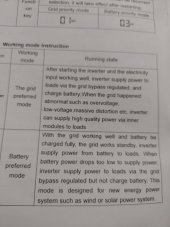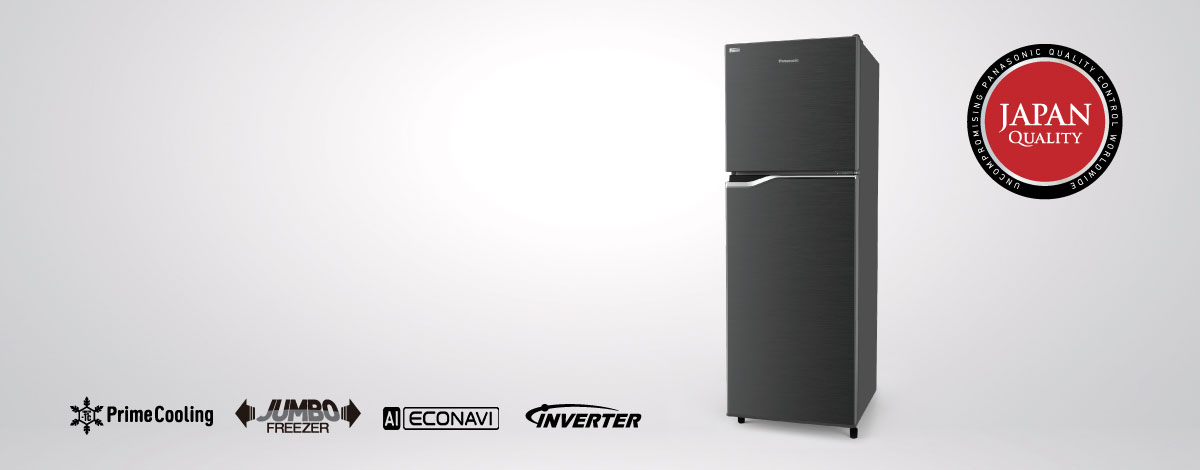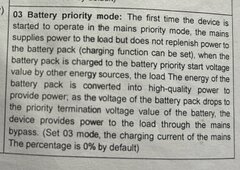Hi all, what a busy and very active forum .
At this time I'm just playing solar with a couple of 300w panels and a pair of 50ah life batteries , I want to start by powering my computers from solar (only about 40-80w , 24 hours a day ).
I want a inverter which is powered from solar most of the time , but I want something like a reversed UPS which powers on mains when my battery goes into low voltage mode.
Looking at the Victron Energy Multiplus inverters they say :-
At this time I'm just playing solar with a couple of 300w panels and a pair of 50ah life batteries , I want to start by powering my computers from solar (only about 40-80w , 24 hours a day ).
I want a inverter which is powered from solar most of the time , but I want something like a reversed UPS which powers on mains when my battery goes into low voltage mode.
Looking at the Victron Energy Multiplus inverters they say :-







